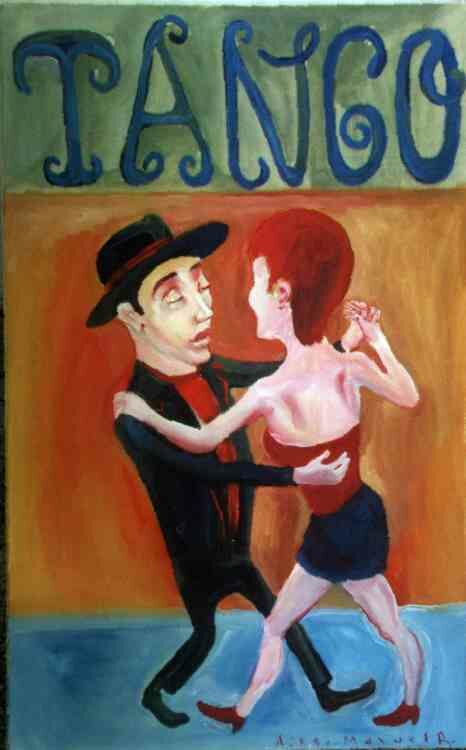 In the house of Ill Repute
In the house of Ill ReputeIn Buenos Aires, the capital city of Argentina during the start of the 20th century, thousands and thousands of immigrants poured into the city’s harbor, from Europe, from Africa, from nearly every part of the world imaginable. This left many of the city’s inhabitants feeling rootless and it made for a city full of strangers.8 Near the city’s sea ports were the places these “strangers” could forget their sorrows, plenty of bars, and plenty of brothels. It was in these brothels during the turn of the century that the Tango dance was born. Although it’s point of origin beyond the brothels is not entirely known, it is generally agreed on that the music comes from the beats African slaves played on their drums. The first tango bands, however, were trios featuring flutes, violins and guitars.8
Dance Of Ill Repute
The tango has been called a “dance of sorrow”, it represents frustrated love and human fatality, although originally the dance was not so deep and serious.8 The original tango music had no lyrics to it and the dances were mostly improvised and in some cases were almost a combination of dance and wordless theater. The dance was supposed to be a representation of the interaction between a pimp and a prostitute; these first tango dances were very sexually charged and featured a duel between two men for the women’s attention. These duel’s always resulted in the symbolic death of one man, and to the triumphant man when his spoils, the women. This earliest form of the Tango is very revealing about Argentinean, urban society at that time. Argentina was such a mixture of cultures and many of them were poor, uneducated, and strangers in a new land, the Tango was their creation, and their contribution to the history of Argentina. But the dance itself also reflects the paternal nature of society at that time as well. The 2 men fought over a woman, and the woman was considered only as a prize. Also the women were prostitutes and the men were pimps this implies the man has some kind of control, and even ownership over the women.8
 and changed so did the popularity of its music.
and changed so did the popularity of its music.